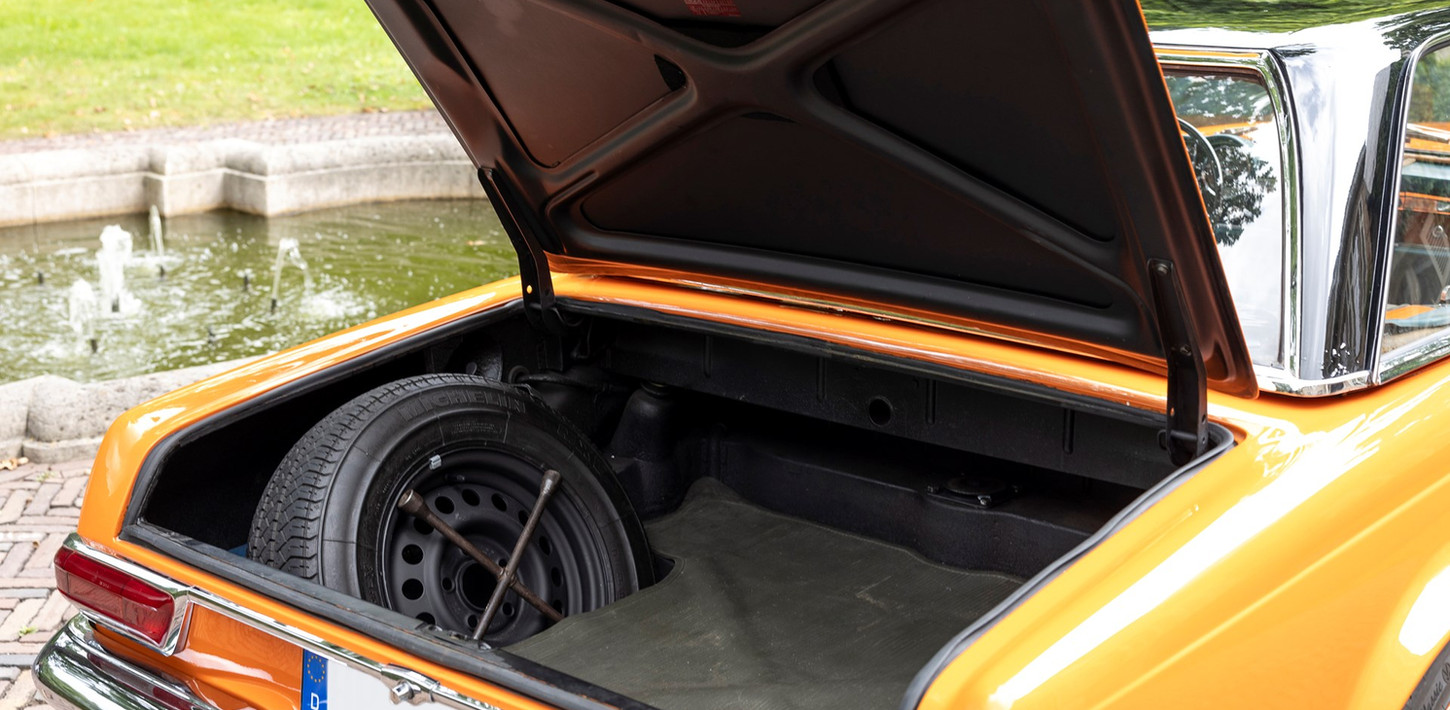1963 Mercedes-Benz 230 SL 'Pagoda'
RM Sotheby's
If you are interested in the content of this listing, please contact the Dealer. Contact details are indicated below in the section "Contact the Dealer." Should you require confidential support from SpeedHolics for your inquiry, kindly complete the section "I am Interested." This listing is provided by SpeedHolics solely for the purpose of offering information and resources to our readers. The information contained within this listing is the property of the entity indicated as the "Dealer." SpeedHolics has no involvement in the commercial transactions arising from this listing, and we will not derive any financial gain from any sales made through it. Furthermore, SpeedHolics is entirely independent from the "Dealer" mentioned in this listing and maintains no affiliation, association, or connection with them in any capacity. Any transactions, engagements, or communications undertaken as a result of this listing are the sole responsibility of the parties involved, and SpeedHolics shall bear no liability or responsibility in connection therewith. For more information, please refer to the "Legal & Copyright" section below.
SH ID
23-1016008
FEATURED BY SPEEDHOLICS
Sold
United Kingdom
Dealer
Engine number 127.981.10.000009
Body number 113.042.10.00012
Documents German Fahrzeugbrief
A development car used to refine the 230 SL in the model’s pre-production phase
Ordered new for Daimler-Benz AG’s head of development and research, Professor Fritz Nallinger
Used as Prof. Nallinger’s private car during testing and registered to Daimler-Benz AG
Thought to be the first 230 SL to feature an automatic transmission and power steering
Accompanied by a detailed report compiled by Mercedes-Benz Heritage in 2023, chronicling this car’s importance to the development of the 230 SL
Retains its matching-numbers body, chassis, and engine
























































